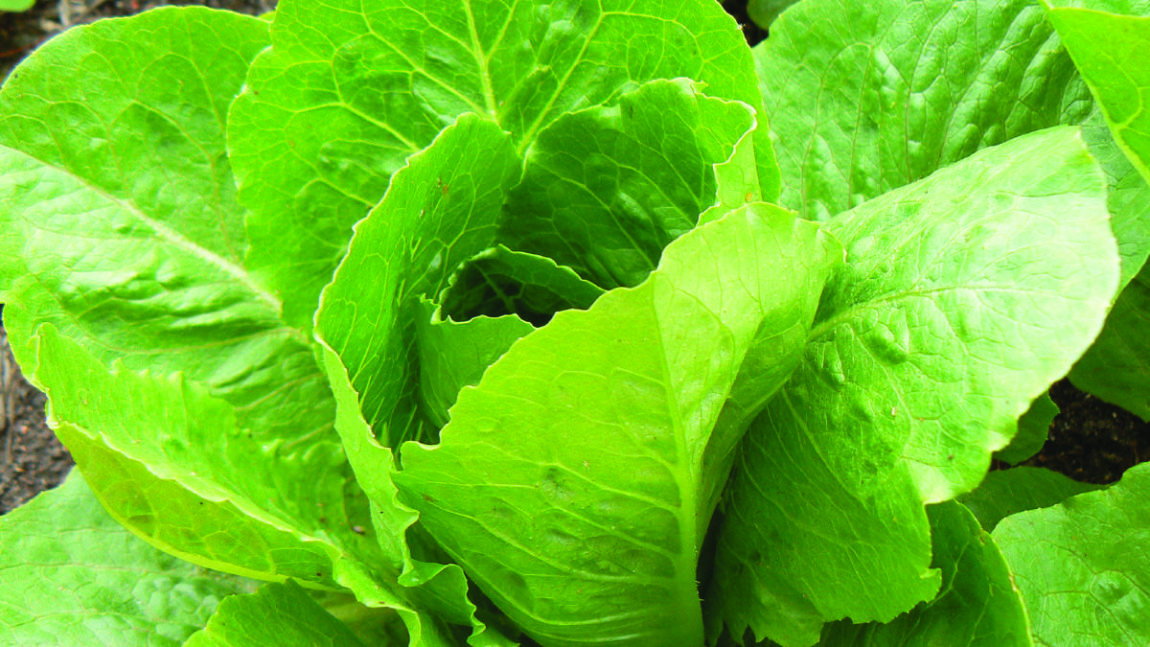Gardeners never lose the thrill of planting a seed and seeing it germinate. Whether the seeds are small, such as carrot or parsley, when they are lightly scattered on soil surface and given the finest sprinkling of soil on top, or large seeds of peas and beans, which are buried to a similar depth as the seed, one feels compelled to check every day whether a tiny green shoot has appeared.
In a garden bed, dwarf snow peas (seed saved from last year’s crop) have just germinated outside my office window, broad bean Aquadulce seeds (saved from a 2016 crop) have been sown in a pot and will grow up a tripod, radishes jumped up five days after sowing and they are easy seeds for children to grow and the cotyledons (embryonic first leaves) are heart shaped.
Seed sources
My preferred seed suppliers are Yates and Diggers. Yates is a well known company established in 1887 by Arthur Yates who came to Sydney from the Great Britain. By 1893 he had launched his range of packet seeds for home gardeners and Yates seeds continue to be stocked by nurseries and hardware stores Australia-wide. Between 1895 and 1998, more than seven million copies of Yates Garden Guide had been sold.
Diggers was founded in Victoria by Clive and Penny Blazey who mailed their first Diggers Seed Catalogue to members of The Diggers Club in 1978. They trial plants and promote heirloom vegetables from “Heronswood” at Dromana on the Mornington Peninsula and continue to do so, also at The Garden of St. Erth at Blackwood and Cloudehill at Olinda. Members order through the magazine or online.
Last spring (Kitchen Garden September 3) we ran a giveaway for seeds from Diggers Food Legends range which included five-colour silverbeet and broccoli Romanesco. A spokesperson for Diggers said they have been over-run with orders and how wonderful it is to have new people turning to gardening which is an affirmation of its importance and the rewards awaiting first timers.

Yates snow pea grown by Angie Thomas. Picture: Angie Thomas
The most popular seeds this season are mini cabbage, kale Tuscan black, Greenfeast pea, mini cauliflower and broccoli “De Cicco” and, easiest of all to grow, baby cos lettuce. Garlic online orders are being filled for planting in Canberra this month. Diggers has online information and a “how to” video.
Yates’ horticulture consultant Angie Thomas says they are seeing an unprecedented demand for all vegie seeds at the moment, right around Australia. In southern Australia, brassica vegetables such as broccoli and cabbage are popular as are peas and fast growing leafy greens including baby leaf spinach, tatsoi and loose leaf lettuce.
In Canberra she would recommend sowing baby beetroot, carrots, cauliflower, Asian vegies like wom bok and tatsoi, lamb’s lettuce, leek, lettuce, onions, radish, broad beans. Start sowing peas in May including snow peas, sugarsnap and telephone peas.
In Kitchen Garden, April 23, last year we ran a Yates seeds giveaway for four varieties of peas, tatsoi and lamb’s lettuce. Readers contacted me over the months with reports and photographs as their successful crops were harvested. One couple had 100 per cent germination of Yates Winter Triumph lettuce and were growing it again this season. Every few weeks sow more seed so you have an ongoing supply of fresh and healthy ingredients for your kitchen. Yates’ website is helpful for any new homegrown journey.
Roasted baby cauliflower
While you are pondering cauliflower seed, here is a taste experience. The recipe comes from Israeli chef Eyal Shani at Miznon restaurant which first opened in Tel Aviv, then Paris, Vienna, Melbourne and in 2018, Chelsea Market in the United States. Their dishes are based on Mediterranean street food.
The cauliflower is charred on the outside and tender in the middle. Among recipes online, this is the one recommended by my daughter: https://www.skinnytaste.com/whole-roasted-baby-cauliflower/
Keep the leaves intact as they hold the cauli together and get super crispy after roasting in the oil at very high heat.
Preheat oven to 280C. Boil a large pot of water into which a generous amount of best coarse sea salt should be stirred until dissolved. Add the cauliflower and place a heavy plate on top of the cauli to keep it submerged. Boil until very tender approximately 12 minutes. Carefully lift the cauli out and drain. Transfer to a sheet pan, stem side down and brush extra virgin olive oil all over the florets. Sprinkle with extra sea salt and bake until browned, about 25 minutes. Put under the grill for two minutes and serve hot, with tahini for dipping if you wish.





